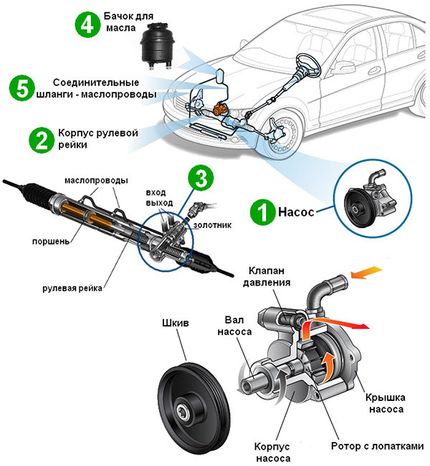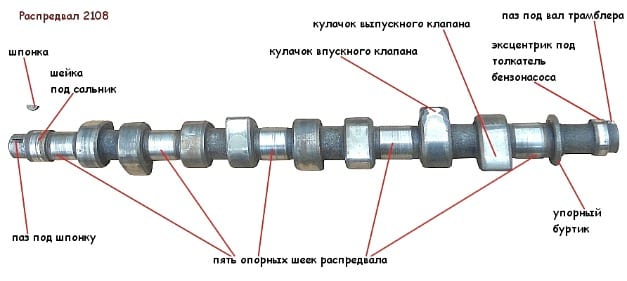
Camshaft - design. What is the job of the camshaft cams?
Content
- Camshaft design
- Camshafts - what are they made of?
- Camshaft cam design
- Camshaft cams - what is their job?
- Is bigger always better when it comes to camshafts?
- Does a sport cam give you a power boost?
- Causes of camshaft wear
- How to check camshaft wear?
- Camshafts - price
- Camshaft regeneration - what is it and how much does it cost?
Camshafts are used in four-stroke petrol or diesel vehicles. Their main job is to control the lift and opening times of intake and inlet valves. This work requires incredible precision and is reflected in the efficiency of the unit and its proper functioning. First, we will look at how camshafts are arranged.
Camshaft design

When viewed from above, the camshaft resembles an oblong piece of metal with visible projections. Often it also has an outer and a larger and smaller inner gear. In addition, each camshaft has pins on which supports are placed. The camshaft can drive both intake and exhaust valves, and cars with 4 or 5 valve cylinder heads can have two camshafts driving only one type of valve.
Camshafts - what are they made of?
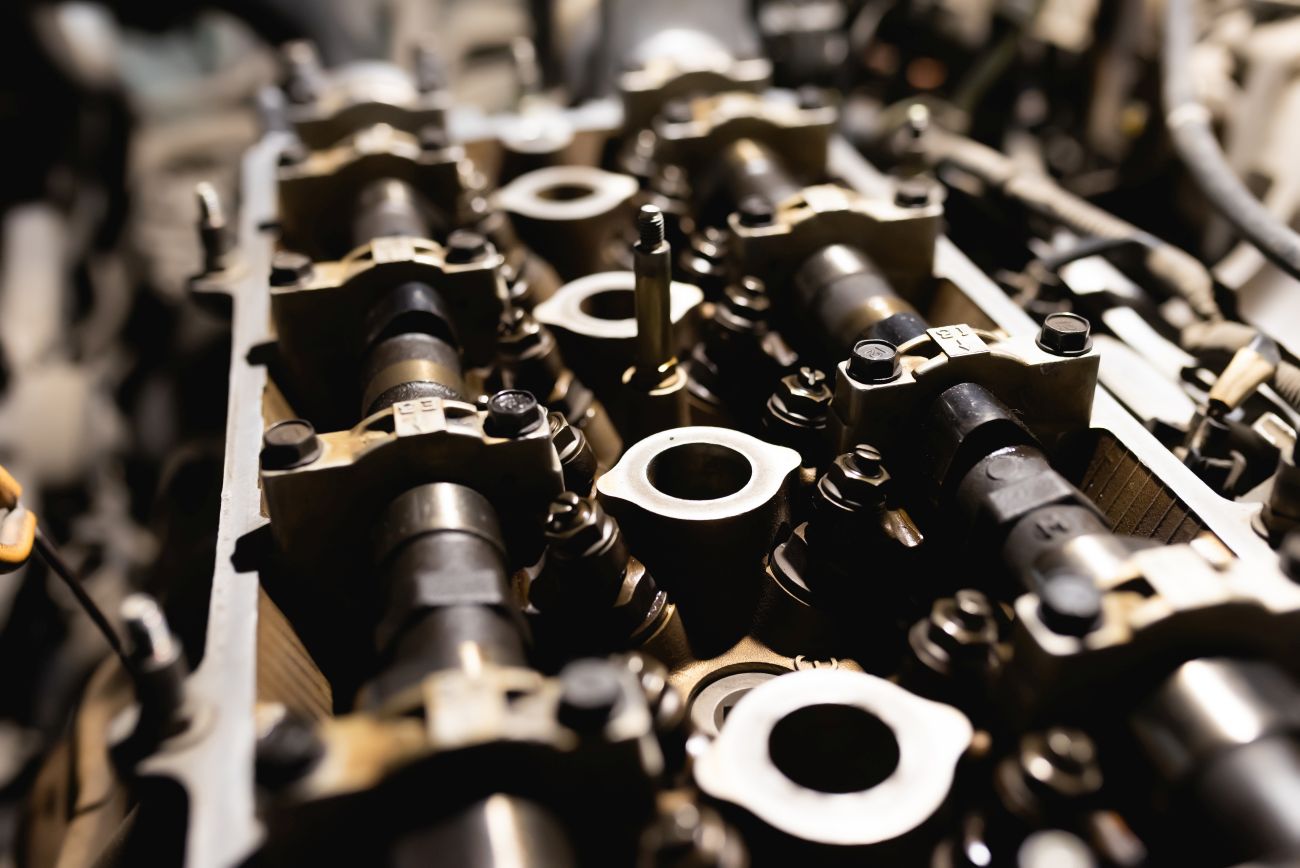
The forces acting on these parts determine the production of very strong and hard materials. Camshafts are first forged from low alloy and carbon steel, then their surfaces are carburized and hardened. This helps prevent faster wear of components during operation. Another way is to draw a roller in a cold way. After this process, the cams are pressed on the machine after hardening the working surfaces of the shaft.
Camshaft cam design

The location and profile of the camshaft lobes is critical to the operation of the entire power system. They correspond linearly to the moment and time of opening and closing of the valves. Their form depends mainly on the nature of the given unit. Three types of cams are most commonly used:
- tangential;
- harmonics;
- synthetic.
They directly affect the filling and emptying of the gases of the combustion chamber.
How does this process take place?
Camshaft cams - what is their job?
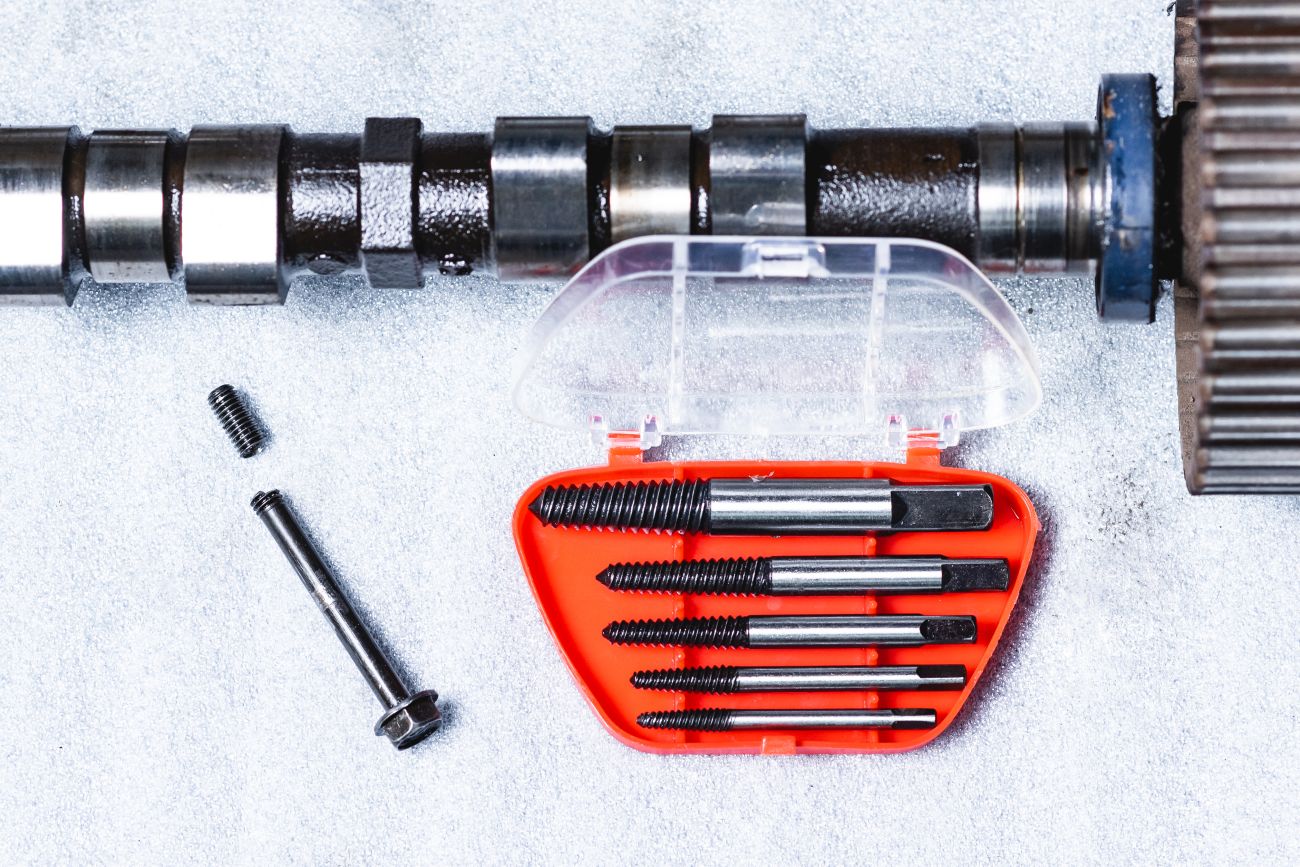
When you look at the camshaft cams, you will notice that no matter what type they are, each one is built the same way. On the one hand, it has a low and openwork profile, on the other, a very high and rapidly falling profile, which is called the nose. The camshaft lobes are given in millimeters and in some cases their values are the same as the valve lift.
What is the valve opening time?
Of course, this is not specified in units of time. It is given based on the angle of rotation of the crankshaft. Simply put, the whole process consists in moving the valve from its resting position in order to fill the combustion chamber with the appropriate mixture of gases. Two values \uXNUMXb\uXNUMXbare decisive at this moment - TDC and BDC (top and bottom dead center of the piston).
Four-stroke engines have four working cycles:
- suction;
- compression;
- Job;
- exhaust.
During the work run crankshaft makes two full turns. During this time, the camshaft must open the intake valves, close them, open the exhaust valves and close them. After this process, the whole cycle starts all over again. The intake stroke consists in the introduction of compressed gases from the intake through the intake valves. Unfortunately, gas mechanics does not allow them to quickly fill the combustion chamber, so the camshaft lobes responsible for the intake valves must open them before the piston reaches TDC. The timing of the valve opening to reach this point includes a certain angular amount of rotation of the crankshaft.
It's the same with DMP. Gases cannot exit immediately after reaching this point, so the exhaust valve must remain open for some time after the piston has passed BDC. Keeping in mind that during the distance between TDC and BDC the crankshaft rotates 180 degrees, you can add the values described above and thus get the valve opening time. Depending on the motor and shaft model, it exceeds 250o shaft rotation.
Is bigger always better when it comes to camshafts?
The purpose of the valve control is to force an air-fuel mixture into the combustion chamber and remove gases during the exhaust stroke. It is closely related to the power achieved by a given engine, because the more mixture is in the combustion chamber, the more energy it is able to generate. Some people find it worth installing sport cams or borrowing them from another car with more power. What causes it?
The valve lift time is longer, which allows the cylinder to be filled with more mixture. At the same time, it travels a greater distance because the cam lobe height is greater. For this reason, the valve returns to its original position in a shorter time and at a higher speed. This has a linear effect on generating higher g-forces and temperatures.
If the valve has shorter seat contact, it will not have time to dissipate excess heat. As a result, valve burnout, leakage and loss of compression can occur. And these are very serious problems, because then you have to reckon with a complete head overhaul. The design of the camshaft can also affect the timing of the valves, causing them to meet the pistons, which will also destroy the assembly.
Does a sport cam give you a power boost?
Definitely yes. However, this is not always useful power. Why? Gas exchange with simultaneous opening of both valves (as in the case of sports shafts) significantly improves performance, but also increases fuel consumption. This is due to the fact that the entire dosed amount of gasoline is not burned, which, together with the exhaust gases, is sucked into the exhaust.
Just as important, sport or rally camshafts make the engine difficult to idle and reduce power at the bottom of the cams. And this is very tiring in everyday driving. Solutions of this type are mainly used in motorsports, because the increase in power is usually noticeable at high revs.
If you decide to change the camshafts to increase the power of the unit, do not forget to strengthen other engine parts.
Camshaft and crankshaft
What do camshafts and crankshafts have in common? A lot, because it has to transmit the generated torque to the gearbox. Therefore, at least look inside the cups to check their condition and do not turn them over. It would also be useful to change the pistons and valves to stronger ones. Of course, you can think about changing the shafts themselves, but over time it may turn out that the engine is only suitable for overhaul.
Causes of camshaft wear
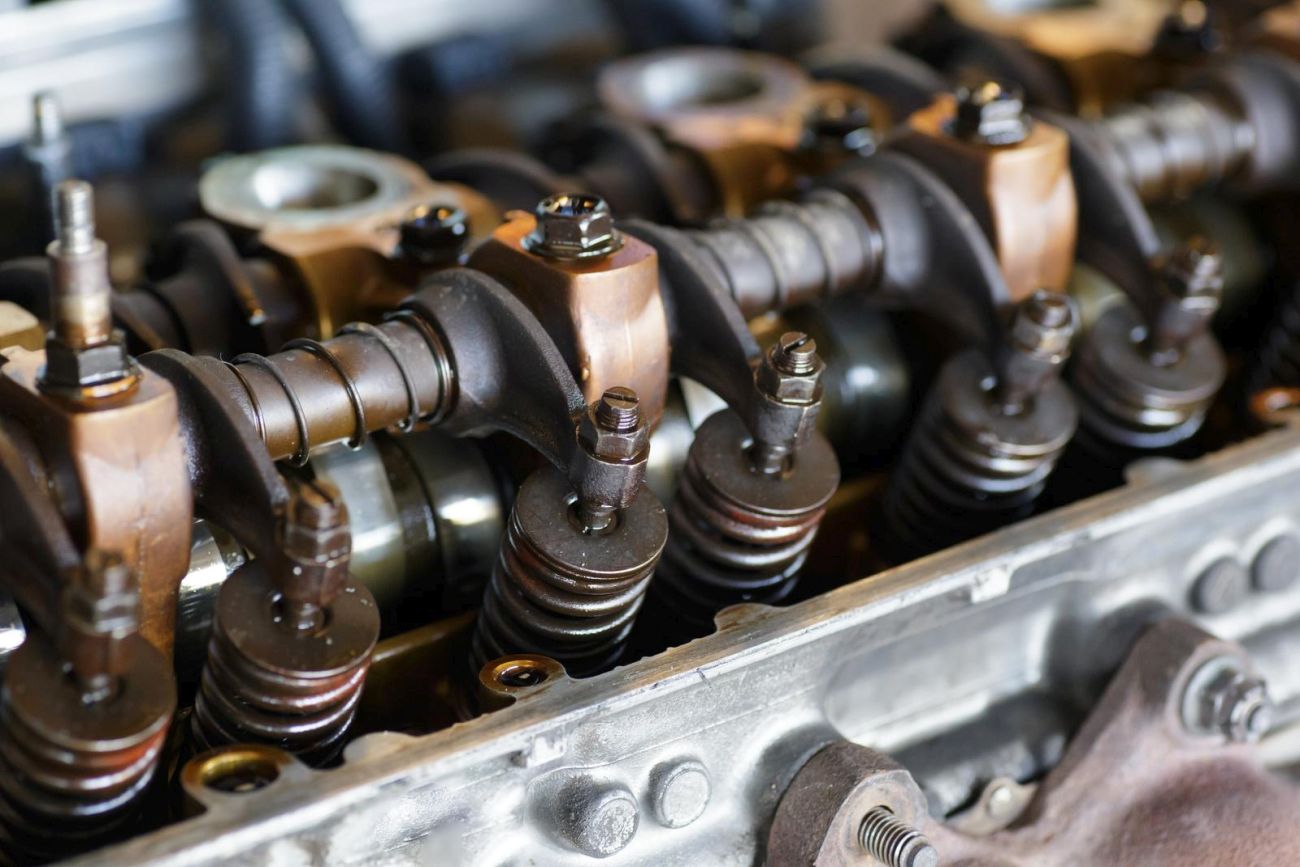
It all starts with an almost prosaic activity, namely the oil interval. Why? The metal-to-metal contact that occurs in the cylinder head between the valves and camshaft lobes causes friction. Poor quality or worn oil can cause accelerated wear of the cam surfaces. How to fix it? Here are the tips:
- first of all, choose the right oil according to the manufacturer's instructions and always change it on time;
- also choose very good filters to prevent contaminants from circulating in the circuit.
Less commonly, the reason lies in the constructor. It happens, however, that the designer cannot foresee everything, and, for example, a very weak exhaust shaft was implemented in the Honda Accord VIII. Mazda SkyActiv-D models produced prior to 2014 also suffered from defects. Camshafts failed in 1.6 HDI and 2.2 engines from the PSA group. However, such cases are rare compared to operational negligence.
How to check camshaft wear?
You will feel wear on the camshafts after a drop in power. In addition, diesel units will have problems with smoke in the upper rev range. To finally confirm or exclude this type of breakdown, the valve cover should be removed. This will dispel all your doubts. You can also look through the oil filler cap, but not in every car model you will see anything.
Camshafts - price
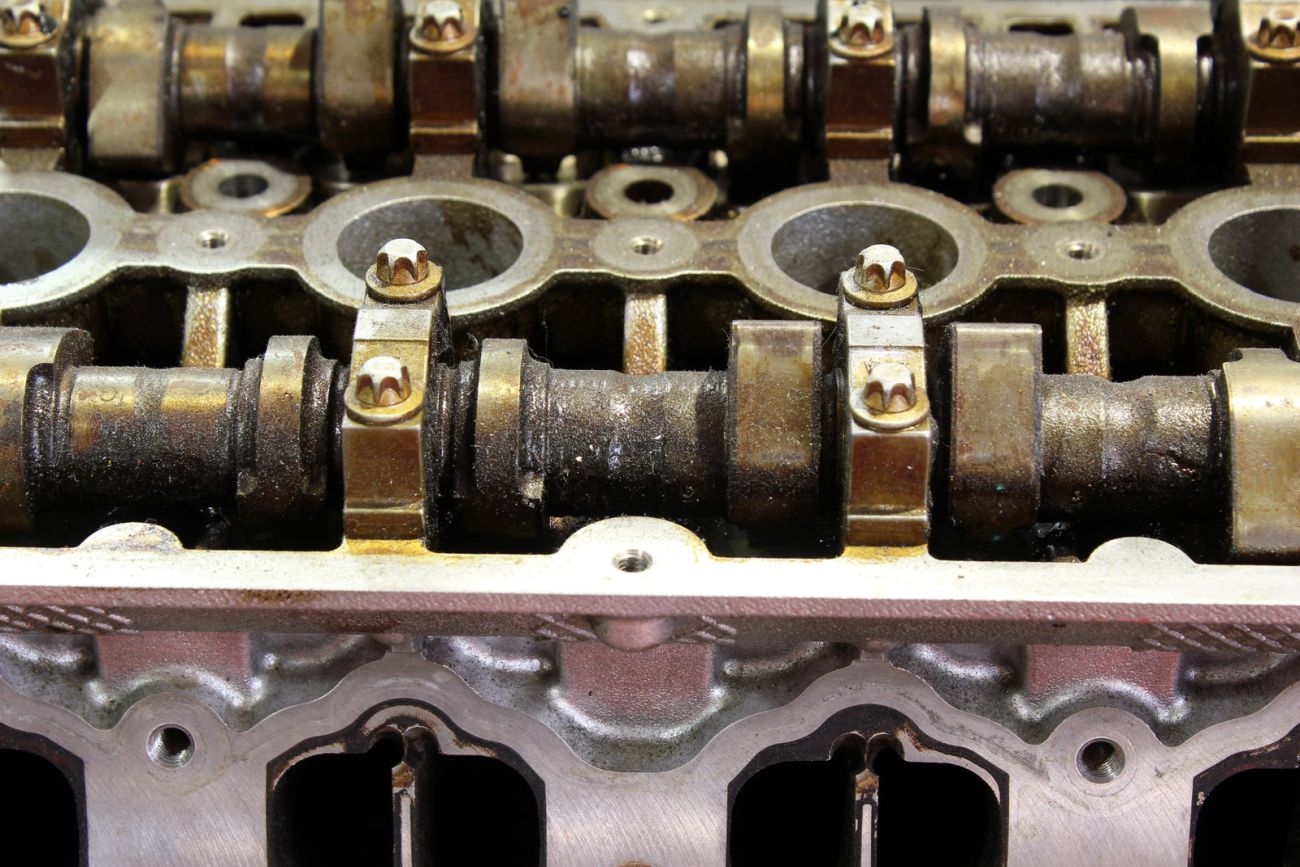
There are cars in which you can buy a camshaft for only 10 euros, of course, we are talking about used ones. Most often, this is a cost of several hundred zlotys, or even more than a thousand. We are talking about one part and a new copy. That's why some people choose to regenerate.
Camshaft regeneration - what is it and how much does it cost?
It consists in using the surfacing process, i.e. applying an additional layer of material to the cams. To this is added processing and giving appropriate strength. To the price of regeneration of the camshaft, you must add the cost of repairing the head, replacing the seals, and often also the valves. Thus, the amount can exceed 150 euros.
The key to saving money in this matter is regular oil changes and the selection of appropriate filters. Also keep in mind the consequences of increasing power by replacing camshafts. If you properly care for your engine, it will repay you with long and trouble-free operation. We wish you a wide road!
